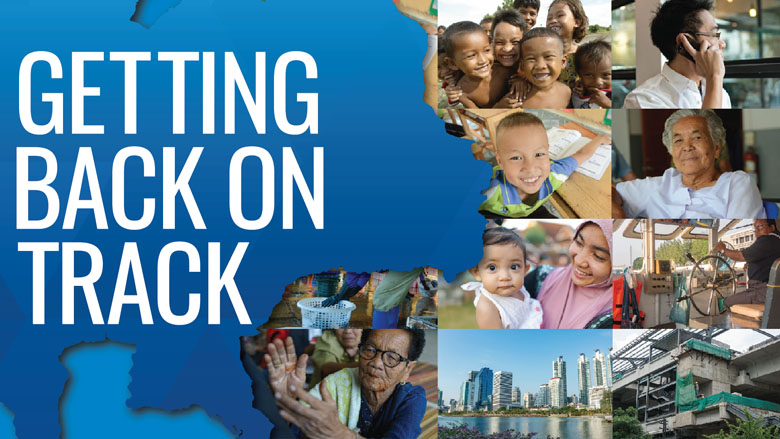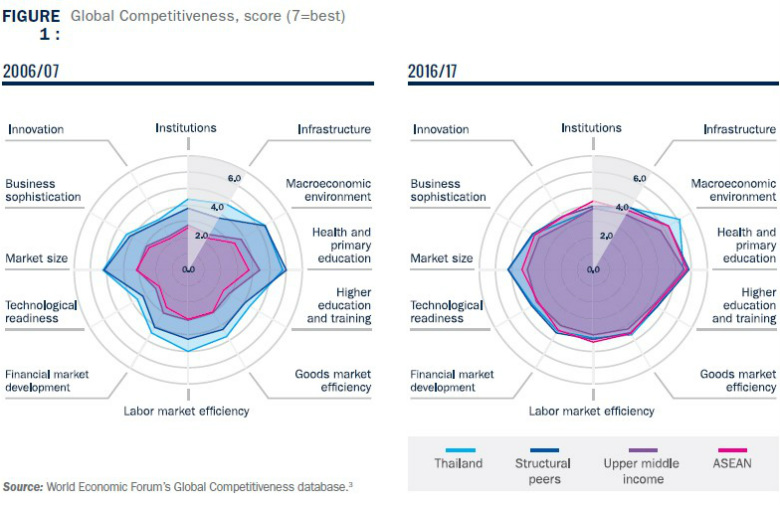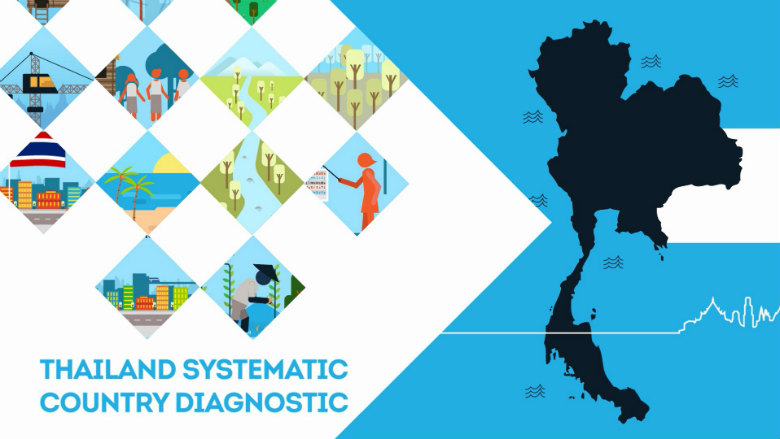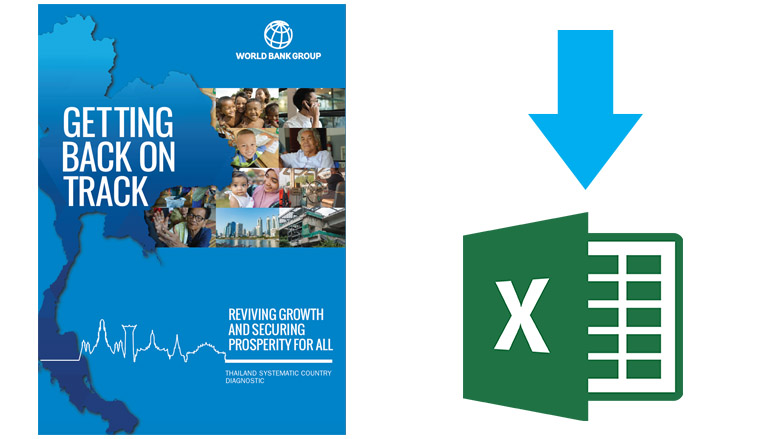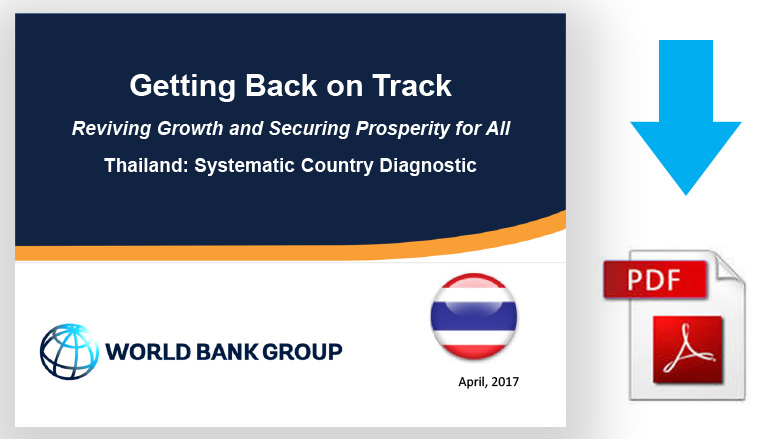Key findings
Thailand made tremendous progress toward eliminating poverty and boosting shared prosperity.
- The economy grew at an average annual rate of 7.7% for nearly four decades prior to the 1997 Asian Financial Crisis.
- Per capita income rose by 4.2% per year on average in 2000-2013.
- Exports grew at a very impressive annual rate of 15% from 1986-1996. In the same period, private investments averaged more than 30% of GDP.
- High growth helped reduce poverty from 67% in 1986 to 10.5% in 2014.
Thailand is a country of vast potential but recent growth has been slowing; it has also lost the competitive edge it once enjoyed over other countries in the region.
- As of 2014, 7.1 million Thais still live in poverty and 6.7 million are vulnerable to falling back into poverty with pockets of poverty concentrated in the Northeast, North and Deep South.
- The gap between Bangkok and rural areas are widening especially in terms of household income, consumption, education, skills and productivity levels.
- Growth has slowed sharply to 3.3% over the last decade (from 2005-2015). At this rate of growth, it will take Thailand more than 20 years to achieve high-income status.
- Key engines that drove poverty reduction in the past has lost steam:
- Record-high agricultural prices which raised farmers’ incomes in the past have dropped by 13% in just one year between 2013-2014
- Slowdown of labor productivity growth from 6.8% (1986-1996) to 2.6% (2004-2014)
- Faltering export growth to less than 1% (2012 to 2014) from 15% (1986-1996)
- Countries like Cambodia and Vietnam are catching up on virtually all competitiveness indicators including infrastructure, higher education and training, innovation, technological readiness and business sophistication.
